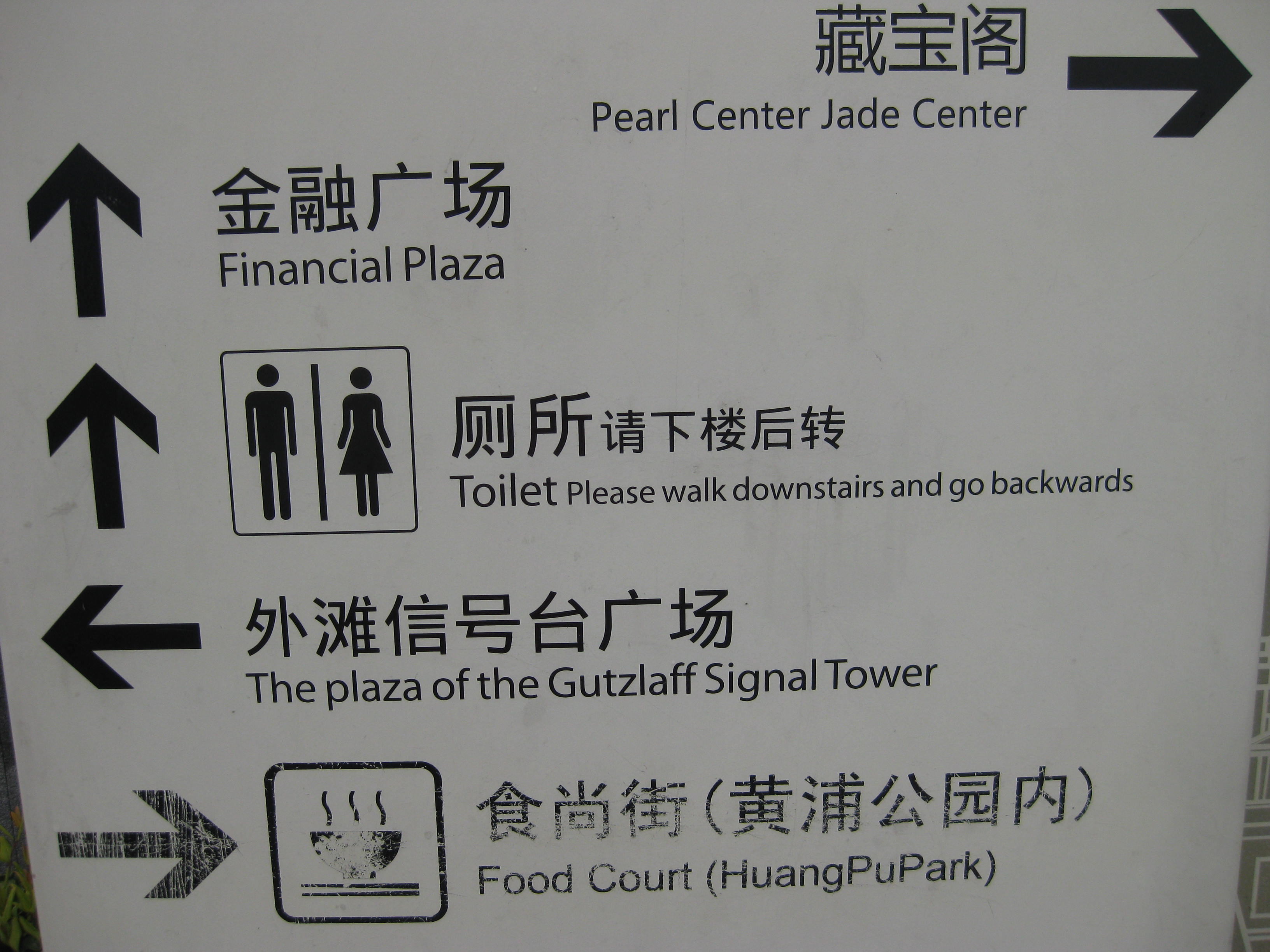Walking Backwards

- When you walk backwards it puts less strain and requires less range of motion from your knee joints, making it ideal for people who have knee problems or injuries.
- Backward walking eliminates the typical heel – strike to the ground, (the toe hits the ground first) it can lead to changes in pelvis alignment that helps open up your spine, potentially alleviating pressure that may be contributing to lower back pain in some people.
- Walking backwards gives you a chance to work out the muscles in your legs. The hamstrings get to work in a different way when you walk backwards. Walking backwards for just 10 – 15 minutes, four days a week has been shown to increase flexibility in your hamstrings.
- Apparently when you walk backwards your heart rate tends to rise higher than it does when walking forward at the same pace, which suggests you can get greater cardiovascular and calorie burning benefits in a shorter period of time. In a study of a group of women who underwent a six week backward walking programme they had a significant decrease in body fat as well as improvements to their cardio respiratory fitness.
- Benefits for your brain are claimed too. Researchers found that walking backwards sharpens your thinking skills and enhances cognitive control. This may mean that even though it’s a physical activity, walking backwards is also a “neurobic” activity. This means that it requires brain activity that may help you stay mentally sharp. This due to the fact that it puts your senses into overdrive as you move in an unfamiliar way.
Backward walking is also known as Retro Walking and it originated in ancient China, where it was practised for good health. Today it is still practised in China but also Japan and some parts of Europe, where people use it to build muscle, improve sports performance, promote balance and relieve aches and pains.
It may seem a bit strange to walk backwards but it is fun and it can be very beneficial to your health.
As you haven’t got eyes in the back of your head if you try it out do take care and do it in an open space. Try not to keep turning your head to see where you are going as this will put some strain on your neck. Get someone to walk beside you to see where you are going if you are unsure.
Have a go, it’s different.


